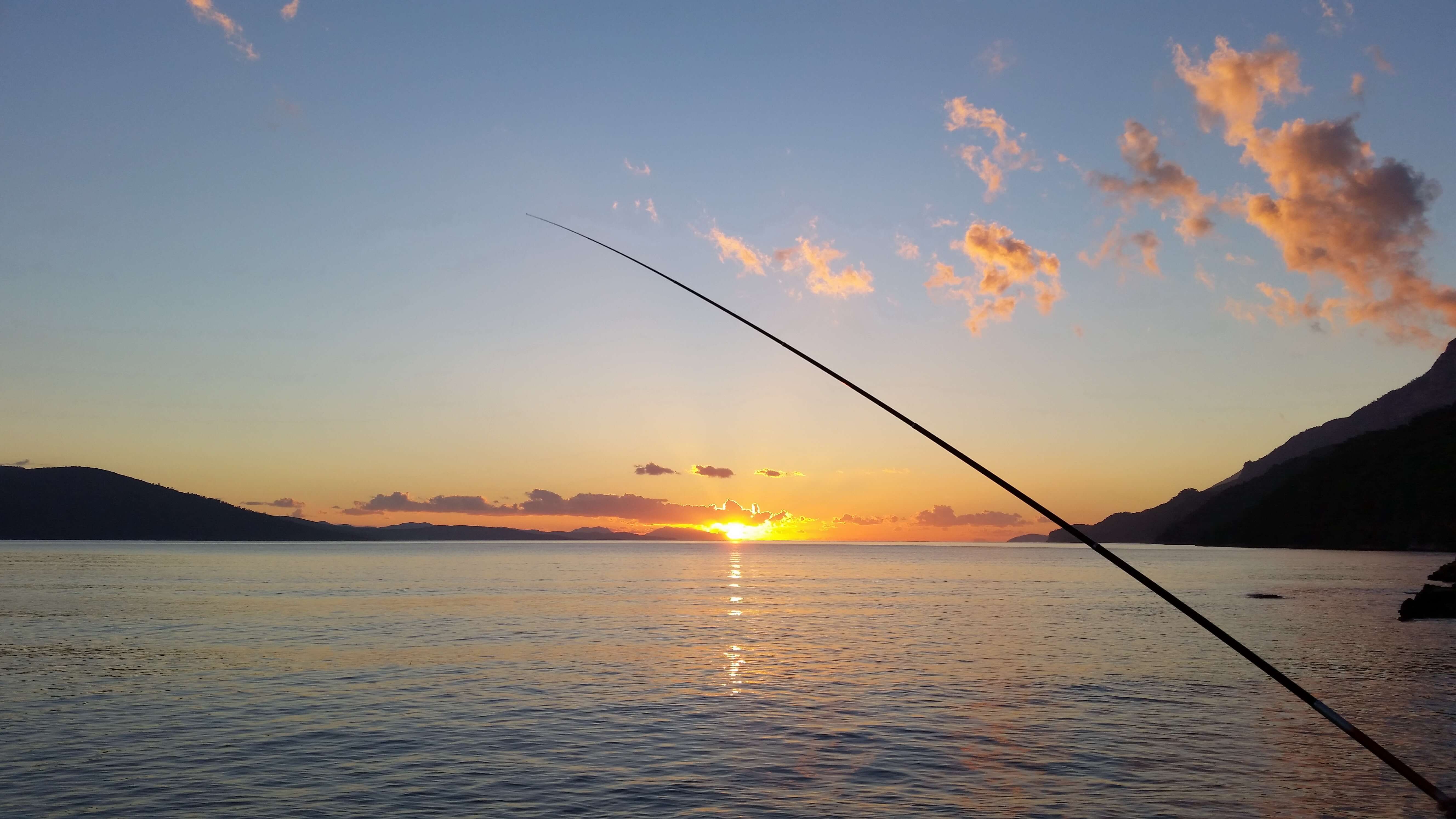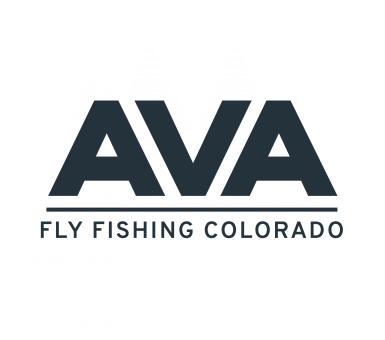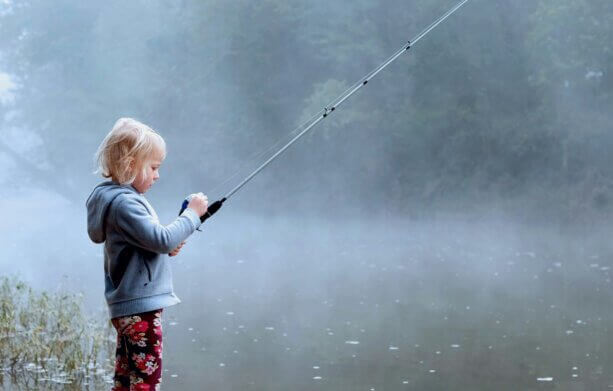
Reading trout water is pretty difficult if it is something you are just getting into. Everyone has a hard time transitioning to fishing for trout in rivers and especially on a fly line. Here are a few pointers that will help you get started on getting that catch in Colorados rivers.
Look for the Riffles
Most trout streams that you will see will be a conglomeration between pools, riffles, and runs. Riffles will be one of the easiest ways to spot trout in the river. If you are standing in the bank, a big thing to look for is the objects that break the current up. The current will give you a cheat sheet of where the trout are hanging out. What happens is the current breaks, creating foam which highlights the difference between fast and slow waters.
Target the Transition Point Between Slow and Fast Water
A great spot to target will be the transition point between slow and fast water. Though the same current will be moving at nearly the same rate of speed, there is a catch point right before the water moves over an obstacle that allows a calmer spot where many trout or other fish may hold. Many people miss out on spots like these, causing them to miss out on a catch.
Are There Branches Hanging Over the Water?
Another good indicator that trout may be in your area would be over hanging branches. This all depends on the depth of the river, but where there are branches hanging out by the water, there are insects that are looking like a tasty meal for some trout. Over hanging branches can sometime provide the shade that trout are looking for along with protection from aerial predators. Some areas that with these features make it just a bit sketchy to throw a line in, however, they are also area that host hot spots for the big old boys holding right below the surface, so the catch of your life at the expense of one lost fly sounds like a good deal to me.
Now, implement the old one-two. Find a break in the current, next to the bank by some riverside vegetation, throw your fly or spinner in and hopefully you will get a bite. A run is a great place to find trout as well due to the deeper water and fast currents. Fast currents are important because trout have the opportunity to move with the river and have their food fed directly to them.
Check the Pools
Pools are a great place to find trout as well, often the biggest. The same rules apply, you want to find a rock or a branch or any form of cover that the trout may be holding at. There may not be as much activity in pools but there is always the chance to catch a big one here. Pools are often slow stagnant waters r runoffs from the bigger streams. If a fish makes its way to a pool, it will often hold in a prime lie right at the start of a pool.
Not ready to take on the rivers yourself? Call Fly Fishing Colorado! We’ll get you on a guided fly fishing trip and show you the ropes to get you catching trout in no time.



 TWITTER
TWITTER
